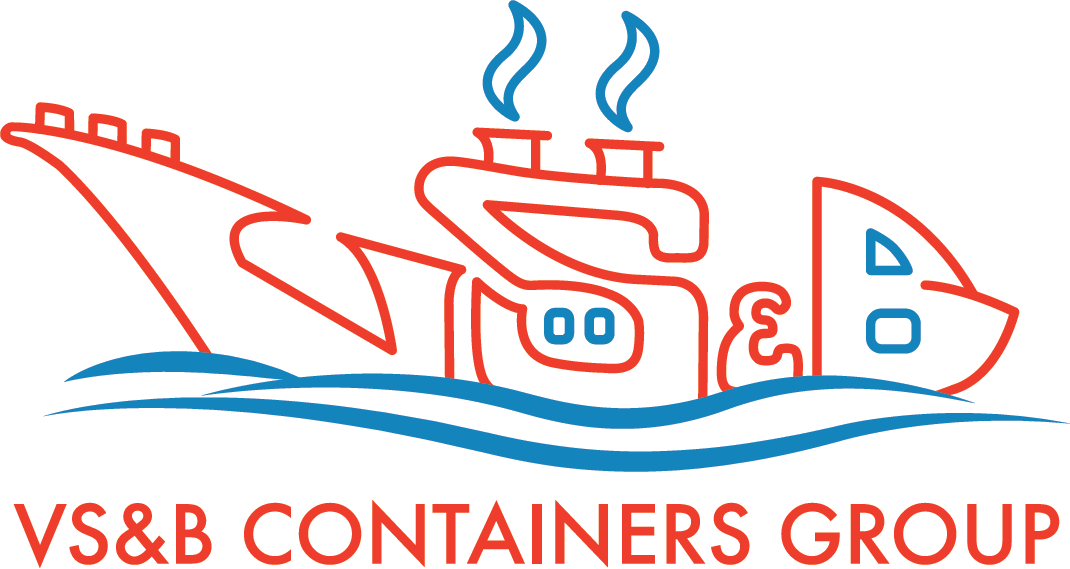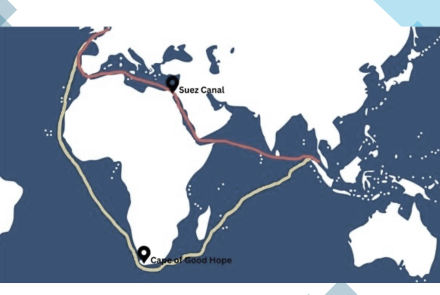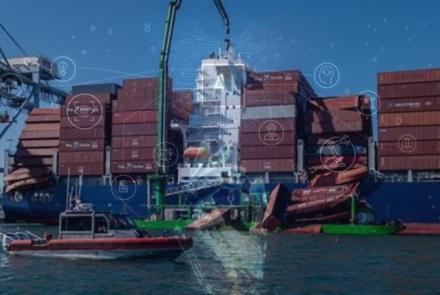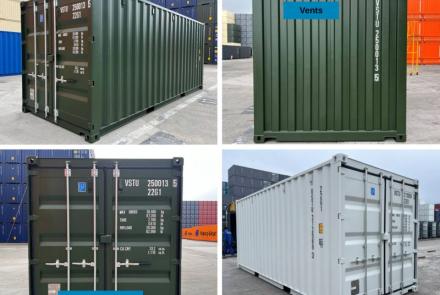Vessel Sizes Explained: From Feeder Ships to Ultra-Large Container Vessels

In container shipping, size matters - not just for scale, but for which ports a ship can serve, which trade lanes it can ply, how much cargo it can carry, and what cost efficiencies it can achieve. As vessels grew over the decades, the shipping industry adopted size categories (measured in TEU and physical dimensions) to classify container ships. Understanding categories like feeder, Panamax, Neo-Panamax, and ULCV helps shippers and ports align expectations, infrastructure, and strategy.
Feeder Vessels – Supporting Regional and Short-Sea Routes
Feeder ships operate in regional, coastal, or “last-mile” segments. They collect containers from smaller ports (often without direct mainline calls) and feed them into hub ports for onward shipment.
Typical size / TEU range: Ships under ~3,000 TEU are often considered feeders (some sources define feeder as under ~1,000 TEU).
Role & advantages: Able to access smaller or shallower ports, maneuver in constrained waters, and act as intermediaries. Some feeders carry their own cranes for self-loading/unloading.
Limitations: Lower economies of scale; fewer containers per voyage; limited long-haul cost competitiveness.
Panamax & Post-Panamax – Designed for Canal Constraints & Beyond
Panamax
The “Panamax” class was defined to match the limits of the original Panama Canal locks (before the 2016 expansion). Ships built to Panamax standards could transit through the canal’s original dimensions.
Typical TEU range: ~3,000 to ~5,100 TEU (some sources say 4,000–5,000)
Typical dimensions: Approx length ~294 m (965 ft), beam ~32.31 m (106 ft), draft ~12.04 m (39.5 ft) under original canal constraints.
Value proposition: Access to inter-ocean canal route; strategic for Atlantic–Pacific trade where canal transit saves time and distance.
Post-Panamax
“Post-Panamax” refers to vessels too large to transit the original Panama Canal locks.
Typical TEU range: Once >5,100 TEU, though with the canal expansion “post-Panamax” usage has some shifting definitions.
Dimensions: Larger beam, length, and draft than Panamax limits. These ships often must route around capes or use alternate canals depending on trade route.
Use cases: High-volume routes, economies of scale, but limited by which ports can accommodate them.
Neo-Panamax (New Panamax) – Built for Modern Canal Infrastructure
When the Panama Canal expansion (completed in 2016) introduced new locks, a new class was defined—Neo-Panamax (sometimes “New Panamax”)—for ships that fit the expanded canal dimensions.
Typical TEU range: ~10,000 to ~14,500 TEU (varies)
Dimensions: Up to ~366 m length, beam ~49 m, tropical fresh-water draft ~15.2 m.
Strategic role: Balances scale with canal access; many major ports and trade routes are engineered with Neo-Panamax vessels in mind.
ULCVs – Giants of the Seas and Their Operational Challenges
Ultra Large Container Vessels (ULCVs) represent the upper end of container ship size today.
Typical TEU range: ~14,500 TEU and above; latest ones surpass 20,000+ TEU (some operable at 24,000+ TEU)
Physical constraints / dimensions: Many ULCVs reach ~400 m in length; beam and draft growth is more constrained (beam increases yield more capacity)
Challenges: Not every port can handle them (deepwater berths, large cranes, yard space); transit constraints (canals, straits); high port call costs; slot utilization risk; and stress on terminal infrastructure.
Typical trade deployment: Major trade lanes (Asia–Europe, Asia–US), where volume, distance, and port readiness make use of their scale feasible.
How Vessel Size Affects Freight Cost, Transit Time, and Port Choice
Freight cost & economies of scale
Larger vessels generally reduce cost per TEU (fuel, staffing, amortization), assuming high utilization. But marginal returns diminish beyond a point if slot utilization is low or speed is compromised.
Transit time & route flexibility
ULCVs may have fewer port calls (skipping smaller ports) and may be constrained by canal lock dimensions or alternative route needs. Smaller vessels (e.g. feeders) offer better routing flexibility and access but at higher per-unit cost.
Port selection & infrastructure
A vessel’s size dictates which ports it can call: depth, quay length, crane outreach, yard capacity, and channel width matter. Some ports are only suitable for feeder or Panamax class; ULCVs require deepwater terminals with mega-cranes.
Risk & operations
Larger ships face operational risk (e.g. schedule delays, port congestion, slot waste). If volume is insufficient, large ships may carry many empty slots — hurting economics.
Conclusion & Future Trends
Vessel sizes have followed a continuous upward trajectory to capture scale advantages, but size must be balanced by infrastructural, operational, and demand realities. ULCVs push against constraints of canals, ports, and cost ceilings.
Future trends may include more efficient mid-size vessels, dual-fuel or greener propulsion, modular ship design, or “just large enough” vessels rather than maximal giants. As ports invest in deepwater capacity, crane infrastructure, and terminal upgrades, more lanes will become ULCV-compatible—but the trade-offs always remain.
At VS&B Containers Group, understanding vessel size constraints helps us craft smarter logistics advice: match container flows, port picks, and costs to the right ship scale.
VS&B Containers group offers both standard and custom-made containers, delivered directly from the factory to your desired location. With a fleet of over 25,000 containers made available across Asia, Europe, US and Australia, the company helps customers get containers effortlessly from anywhere in the world. If you have unique needs in terms of affordability, adaptability, and potential return on investment, please drop an email to traders@vsnb.com, and the VS&B team will contact you to discuss further.
- Log in to post comments






